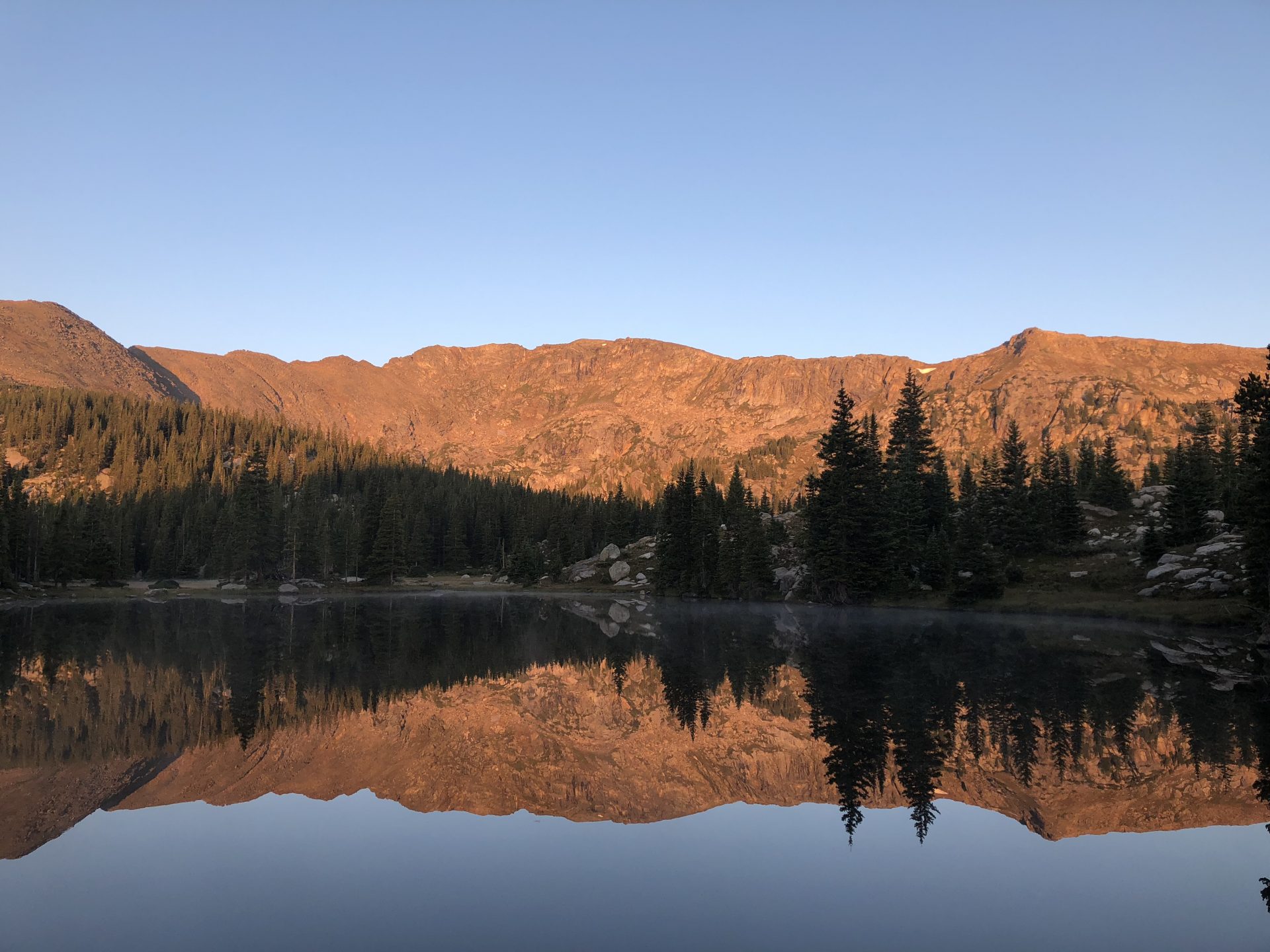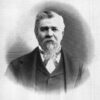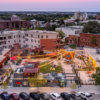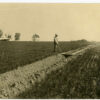Some people enter the wilderness looking for solitude. Some desire an escape from modern civilization and technology. Why do I enjoy hiking along the Colorado Trail, which goes through several wilderness areas and multiple national forests? I wish the answer was simple, but during this last 75 mile section of the trail from Breckenridge to Twin Lakes, I definitely felt an appreciation for our state’s natural and cultural heritage.
As we ascended over mountain passes, crossed railroad tracks, passed by old coker operations, and slept near alpine lakes, I could not help but contemplate humanities place in the wilderness. In 1964, the United States government created a legal definition for wilderness, which gave certain protections to 9.1 million acres of land at that time. Currently, 109.5 million acres of land are included within that wilderness designation.
Back in January 2018, congressman from Colorado introduced the Continental Divide Recreation, Wilderness, and Camp Hale Legacy Act. It would impact nearly 100,000 acres of the White River National Forest by creating three new wilderness areas and enlarging three others. It would also define Camp Hale as a National Historic Landscape, thereby commemorating the the heritage of the 10th Mountain Division, which trained at Camp Hale and helped the United States secure victory during World War II. (See below for my experiences walking along the Colorado Trail through Camp Hale.)
Wilderness areas are directly connected to our National Forests as well, which provide 20% of Americans with a reliable supply of clean, cold drinking water. The Cache la Poudre River’s headwaters originate in Rocky Mountain National Park, but flow through many miles of the Roosevelt National Forest along with the Cache la Poudre Wilderness area. Untangling this intersection of wilderness, forest, and human history is one of the many stories that Colorado’s National Heritage Areas can tell. Read on for my experiences as we traversed our second section of the Colorado trail.
Day 8: Our first day back on the trail after a delightful day off in Frisco saw us tackling 3000+ of elevation gain and decline. Ouch. With heavy packs, we ascended over the Tenmile Range and experienced a strange dichotomy of natural and human landscapes. Around one corner, marmots taunted us with their yipping (see pic below). Then over the crest of the next hill, we glimpsed the top of the Breckenridge ski resort. Camping along Tenmile creek with several other hikers that night was well-deserved to say the least.
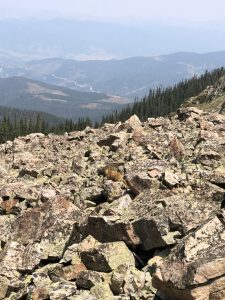
Day 9: In the morning, we were back in civilization as the trail traversed Copper Mountain Ski resort (see the chairlifts below). A donut, croissant, and coffee from the impressive Camp Hale Outfitters was a welcome addition to our morning routine. After a few more miles, we found solitude again as we climbed over Searle and Kokomo passes above 12,000 ft. We crossed paths with a several other backpackers who were becoming familiar faces—the human camaraderie while climbing mountains and camping has definitely been a welcome complement to the loneliness of the trail.
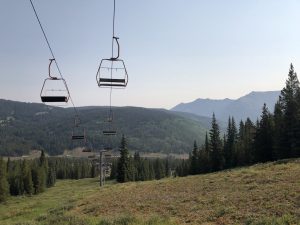
Day 10: Is there such thing as an easy day on the Colorado Trail? After 10 days of hiking and analyzing our routes, my answer is no. Between aches and pains, unexpected climbs, and unforgiving descents, the trail always seems to present a challenge. Thankfully, there are usually “distractions” that keep you interested. This day presented an intriguing connection between modern establishments, and our natural heritage. We walked through the remains of Camp Hale (see pictures of the bunkers below) while construction workers seemed to be surveying for an underground gas line in the area. By the end of the day though, we found ourselves in the Holy Cross Wilderness Area, with an amazing camp site adjacent to Porcupine Lake at 11,400 feet. Again, we shared this wilderness experience with several friendly faces who were also experiencing the same physical and natural challenges as us.
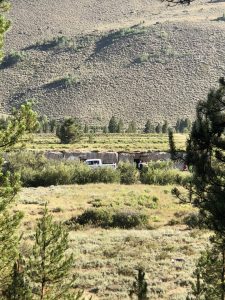
Day 11: We woke early to an amazing sunrise (see featured picture), then geared up for our longest day on the trail so far—21 miles that would take us from the Holy Cross Wilderness area through the Mount Massive Wilderness (Colorado’s second highest mountain), to the base of Mount Elbert (Colorado’s tallest mountain). The challenge was both mental and physical yet again, as there were long stretches with nothing in sight but forest and trail. However, the water pump and garbage facilities at the trailhead were a very welcome slice of civilization.
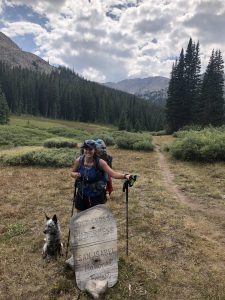
Day 12: Because of our long day prior, we “only” had a 7+ mile walk into our next town stop in Twin Lakes. As the lakes came into sight, anticipation was building for a real day off and amenities such as a shower and a bed. Of course, Twin Lakes is a National Historic District with limited cell phone and internet service. However, the quaint appeal (and proximity to Leadville) certainly make it a worthwhile destination.
Stay tuned for our next stop in Salida, as we traverse the Collegiate Peaks Wilderness and explore more of Colorado’s natural and cultural heritage along the way.
Sources:
https://www.nationalforests.org/our-forests/your-national-forests-magazine/where-the-water-begins
https://polis.house.gov/news/documentsingle.aspx?DocumentID=398559
About the author: Jordan Williams is the Assistant Program Manager for the Poudre Heritage Alliance, and he will be hiking the 500 mile Colorado Trail from Denver to Durango from August to early September alongside his wife Kelsey and their dog, Aska. During their trip, the threesome will be making stops in South Park and Sangre de Cristo National Heritage Areas and blogging about their experiences. Additionally, they will be posting about their adventures on Instagram @thehikingheeler and @poudreheritage. Don’t miss your chance to learn more about Colorado’s Heritage Journey!

